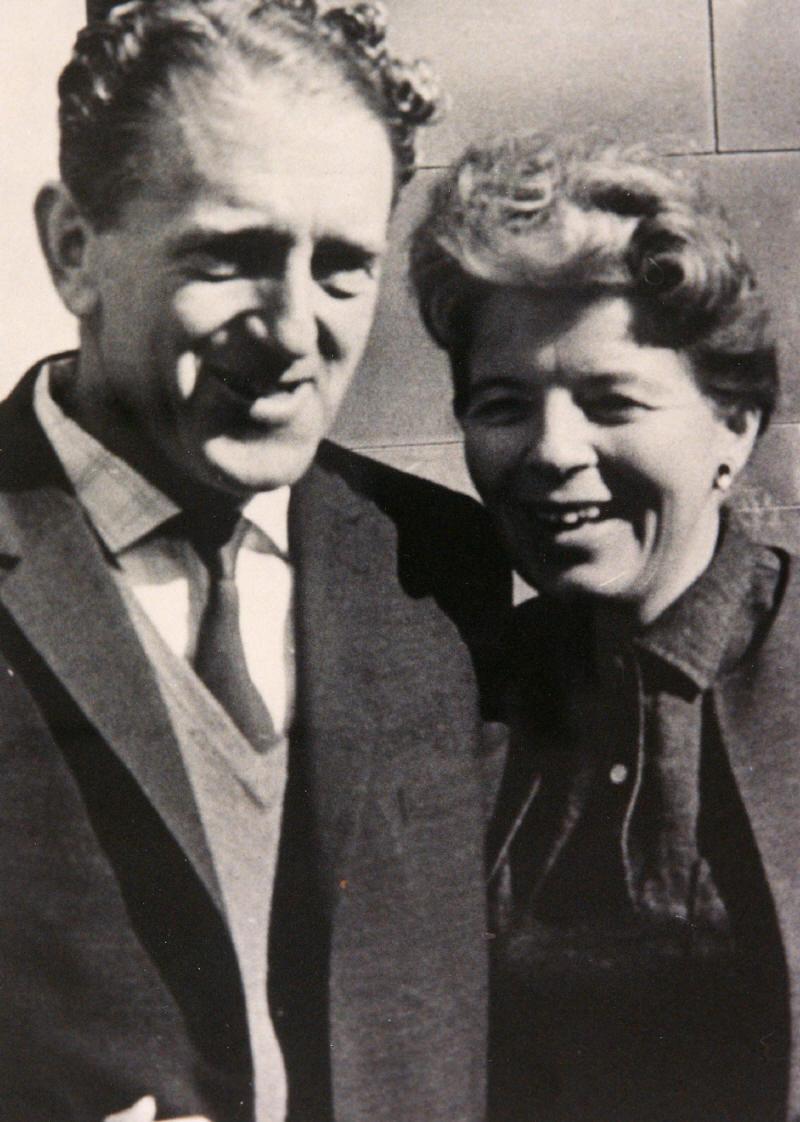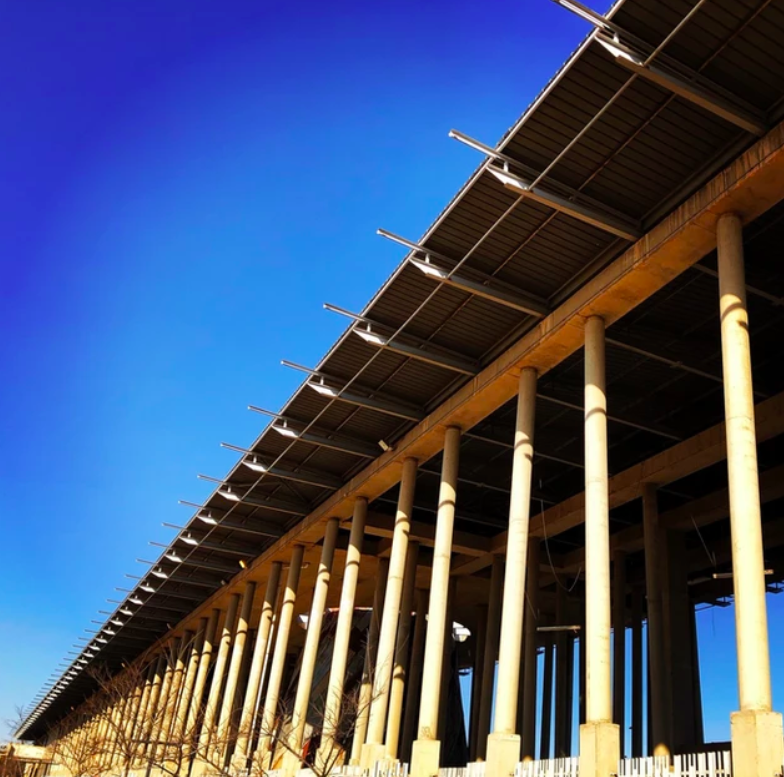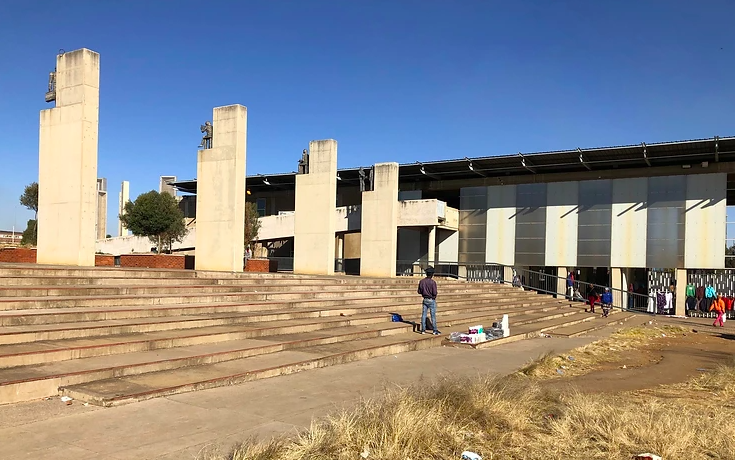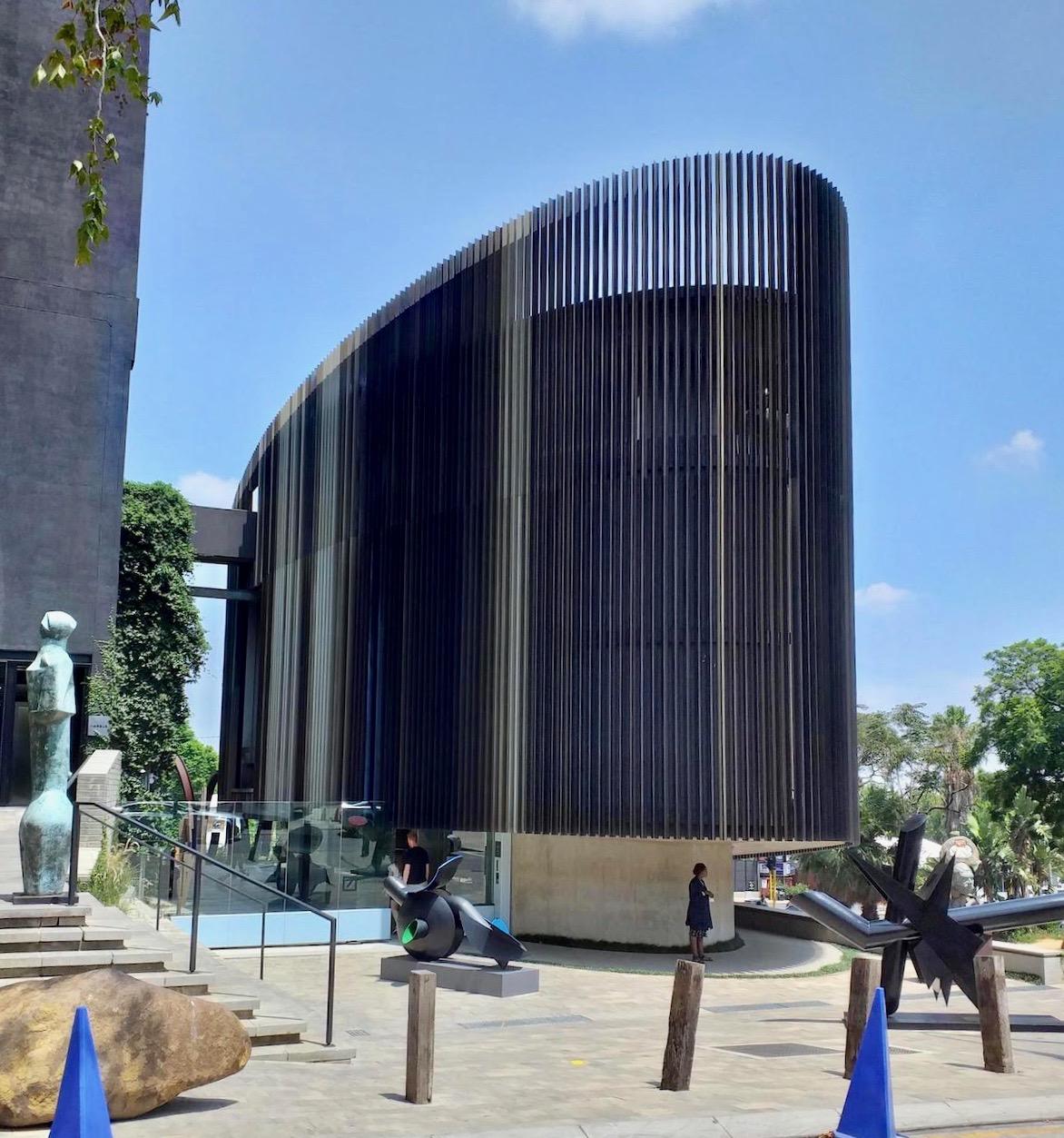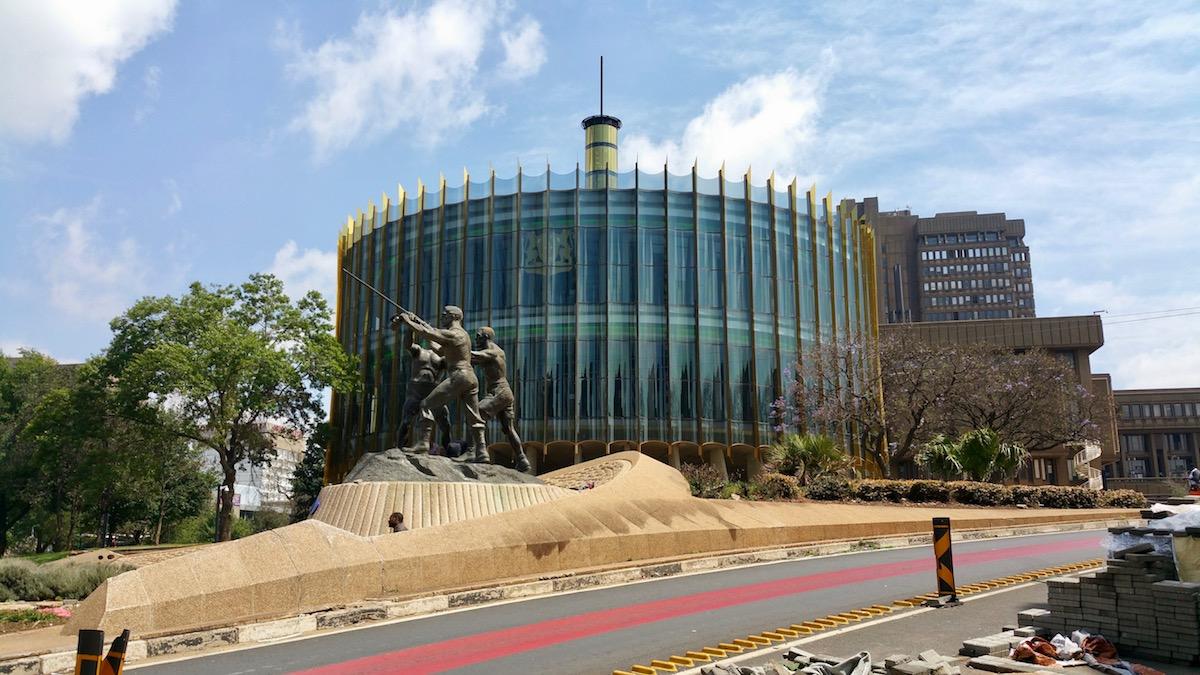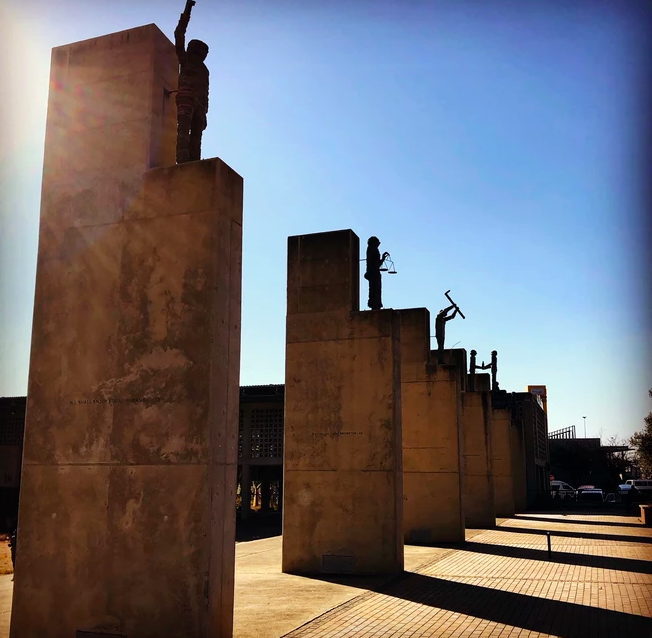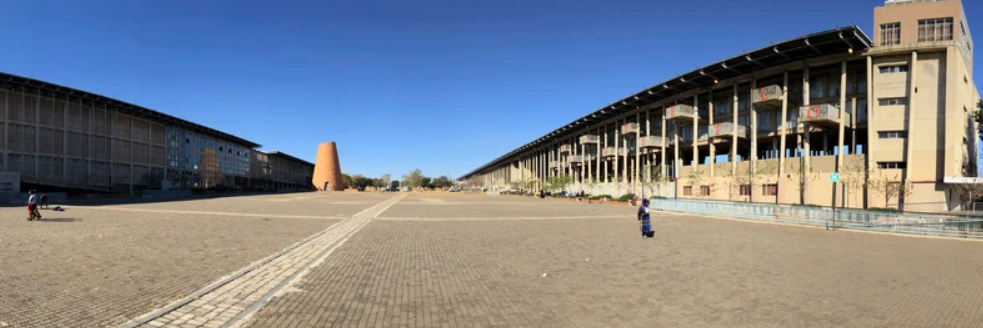
Disclaimer: Any views expressed by individuals and organisations are their own and do not in any way represent the views of The Heritage Portal. If you find any mistakes or historical inaccuracies, please contact the editor.
In the opinion piece below, journalist Lucille Davie looks at the neglected state of Freedom Square and sketches a vision for its future. The piece was first published on her website on 6 July 2020. Click here to view more of Davie's work.
The 65th anniversary of the signing of the Freedom Charter in Kliptown, 26 June, 2020, has come and gone.
I recall a document I came across in 2005 that spoke of the Freedom Charter as a guide to the “singing tomorrows” when South Africa would be a country of equal rights and freedom for all.
There is such an uplifting tone to “singing tomorrows”, at a time when the country was seven years into apartheid, with a sweep of brutal new laws laying out the vision for South Africa under the new government. The laws were just a confirmation of the unjust discrimination of the past three centuries, but with more vicious teeth.
It was professor ZK Matthews, the African National Congress (ANC) Cape president, who proposed the idea of the Freedom Charter.
He said at the time: “I wonder whether the time has not come for the African National Congress to consider the question of convening a national convention, a congress of the people, representing all the people of this country irrespective of race or colour, to draw up a Freedom Charter for the democratic South Africa of the future.”
The word went out and submissions were sent in to the ANC office in Johannesburg from across the country – sometimes just one word, or a phrase, on bits of paper, on the back of envelopes, and on the back of the flyers that circulated.
The late Lionel “Rusty” Bernstein, in his autobiography Memory against forgetting, recounted how the committee sorted these suggestions into piles by the volunteers, and then when they went home, Bernstein stuffed them into a trunk. He then started putting ideas into categories of demands, and created a “workable skeleton”, the beginnings of the charter. This was bounced off several colleagues, a few changes were made, and the document was approved by the working committee.
Rusty and Hilda Bernstein (via rustybernstein.com)
That committee were mostly pre-occupied with finding a location for the meeting, where all races could gather. A dusty soccer field just south of Soweto, Kliptown, owned by an Indian, and described as “piece of wasteland, a few acres of red dust, scattered tufts of scrub grass, khaki-weed and ‘blackjacks", was identified.
Kliptown was established in 1904. It was a cosmopolitan area, where coloureds, blacks, Indians, Jews and a scattering of whites and Chinese, lived in harmony, described to me in 2005 as a “picturesque place” by two hardware store owners who were born in the suburb, Sam Takolia and Rashid Jada. They said Union and Main streets were lined with rows of oak and blue gum trees, with green fields, and being outside the municipal boundaries, it developed an independent spirit.
The new square
Back in 2003 I went to this field, still dusty - some hawkers were selling clothing, others chickens cooped up in stacked wire cages. This mini market was lively with squawking hens and bright sunshine. That year it was identified as the place where a new square would be re-imagined, and rise from the dust and chickens, to be opened on 26 June, 2005, the 50th anniversary of the meeting.
In 2003 a bunch of journalists and camera people crowded around the centre of the square, to witness the unveiling of the architect’s model for this re-imagined space. I remember thinking it was rather extravagant, with tall columns, and symbolic crosses running across the square, a reminder of the first democratic vote in 1994. The most attractive feature of the square was a conical structure in the middle, which was to house the flame of freedom.
A few of the columns at Freedom Square (Brian McKechnie)
Kliptown webinar
A webinar, hosted by the Johannesburg Heritage Foundation, was held on 27 June 2020, the day after the 65th anniversary of that day back in 1955. Struggle stalwart and former cabinet minister, Ronnie Kasrils, was invited to join the discussion. He expressed his consternation at the state of the area. “Kliptown is a slumland, rough as hell, unsafe, we must deal with the slums first.”
A neglected Freedom Square (Brian McKechnie)
He echoed a view many felt about the square and its design – “We need to integrate people into the square, we should have a theatre there, and bring children into the square. We need to make the monument relevant today, it is left in a state of sadness.”
Heritage architect Brian McKechnie agrees. He feels the square has gone against all the rules of square design – it faces outwards instead of inwards, and doesn’t encourage activities inside the space. “The trading spaces should have been inside the square, with a soft space for children. The two big wings on the north and south cut it off, and traders operate from Union Street.”
The hotel doesn’t work either, he says, it is elevated above the square, and should open to the square. “All the energy faces outwards, which forces people on to the outside.”
The architects of the square, Studio MAS Architecture and Urban Design, have designed some truly impressive buildings in the city. One of the most outstanding and a favourite of mine, is the Circa art gallery in Rosebank, squeezed on to a dot of land on a corner. It makes a bold statement, and utilises that dot well. Another is the circular glass Joburg Council building at the top of Rissik Street in Braamfontein.
Many agree that Kliptown Square is a grand gesture, but impersonal and non-functional, and now, a white elephant.
Circa Gallery (The Heritage Portal)
City Council Chamber (The Heritage Portal)
New ideas
The small museum off the square is the best feature of the development. It’s in one of the old hardware shops, and its presentation of events leading up to the 1955 meeting is informative and unpretentious, with locally made wire mesh figures leading the way through the exhibition. But, Covid19 aside, it appears to be mostly closed. Where are the city’s or Gauteng’s tourism people to promote this charming museum?
I would like to see a significant sculpture in the square, capturing that day back in 1955, similar to the powerful Marco Cianfanelli sculpture of a boxing Nelson Mandela across the road from Chancellor House in the Joburg CBD, or his striking sculpture of Mandela’s face at the capture site outside Howick in KwaZulu-Natal. I know there are those stone sculptures atop the pillars on the east side of the square, floating in the air, the creation of Usha Seejarim. The 10 figures each capture the 10 clauses of the Freedom Charter, but people can’t interact with them – they need to be down on the ground.
Former Jobug Mayor Parks Tau at the unveiling ceremony for the Shadow Boxer (The Heritage Portal)
Stone sculptures atop the pillars (Brian McKechnie)
I like the idea of a theatre in the square. There is a half amphitheatre on the eastern edge of the square, with raked seating, but no proper stage. It needs to be in the square, inviting people in, schoolchildren to stage performances there. A gazebo-style roof would encourage intimacy, and keep out the elements.
I also like the idea of a water feature in a square - it brings energy and is invigorating, elements that Kliptown needs.
I just wonder what schoolchildren who visit the square take away from their visit. They can read the clauses of the Freedom Charter in the conical dome, and stare up at the cross on the roof, but if the square were a living space, with shops or stalls spilling on to it, people walking through it, sitting on those concrete crosses, what a different place it would be.
In 2004 I wrote about the 7 000 houses that were to be built as part of the broader development. Some of the 100 or so original brick houses of Kliptown were to be upgraded - electricity and waterborne sewerage were to be installed. Has that happened, I wonder? Some 1 700 new housing units were promised, and I believe those have been built.
Where are the promised “singing tomorrows”, 26 years into democracy?
Lucille Davie has for many years written about South Africa's people and places, as well as the country's history and heritage. Take a look at lucilledavie.co.za
Comments will load below. If for any reason none appear click here for some troubleshooting tips. If you would like to post a comment and need instructions click here.

